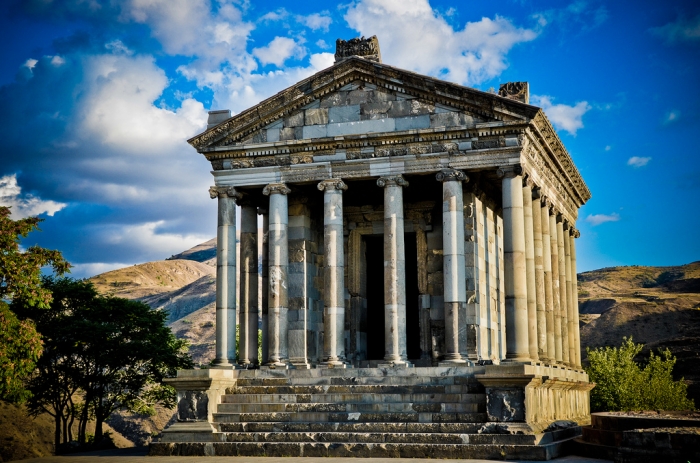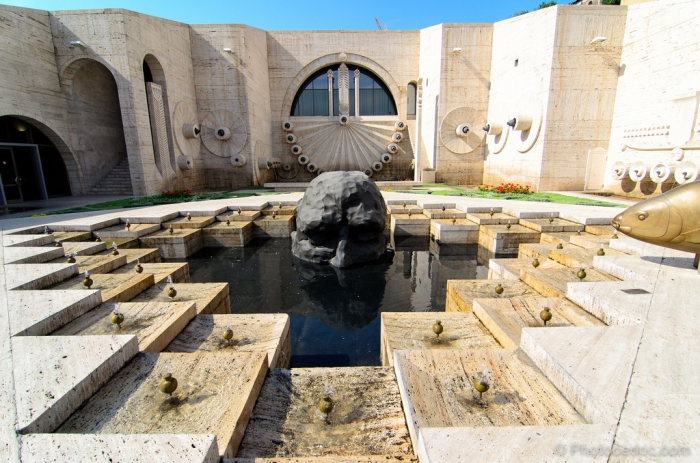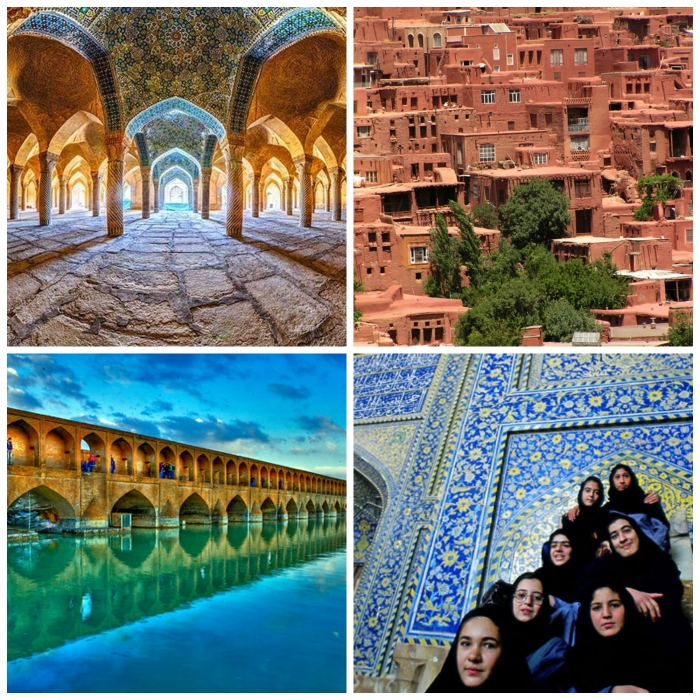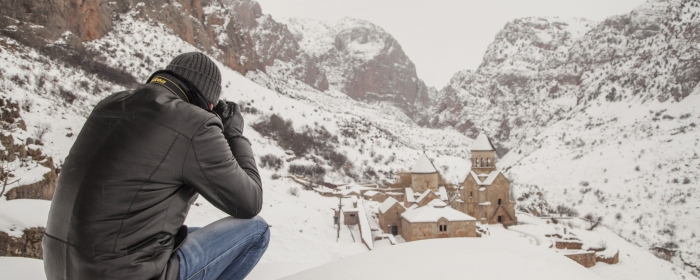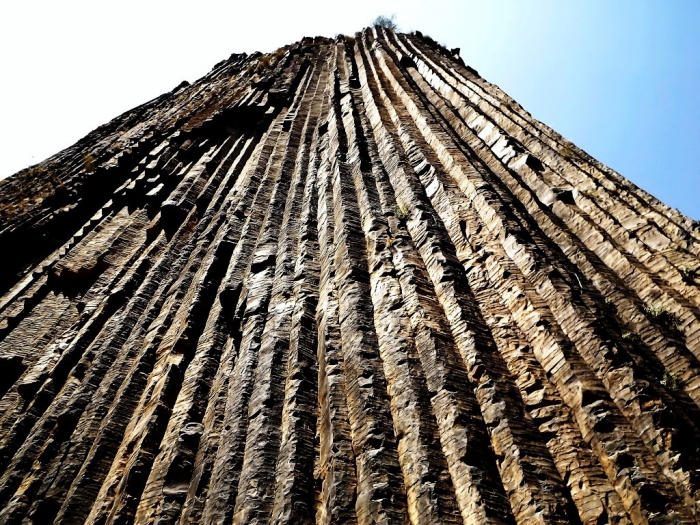Garni Canyon
The Temple of Garni in the Kotayk Region is one of the most visited sites in Armenia. However, few are aware of the natural wonders hidden in the Garni Canyon. Beginning from the Geghama Mountains, the River Azat flows all across the Garni Gorge. In the Canyon near Garni village, you will find impressive basalt monuments that have obtained their name as Symphony of Stones that are included in Khosrove State Reserve. This beauty makes complete the never stopping murmur of the waters of Azat River.
River Azat is the left tributary of Araks River and the part flowing through Khosrov State Reserve is also called Mili River.Near the Garni village, River Azat meets its tributaryGoght and flows into the Garni Canyon which is also called Canyon of Azat River. The river flows through the Ararat plain, in many parts having a deep descent and rocky path.
Azat River is mainly supplied by the ground waters. Overflows are between months of April-July and July. This is atime when during the days of overflow you can hear stones stripping off the ground and hitting each other. The waters of the river are used for irrigation and producing electricity.



